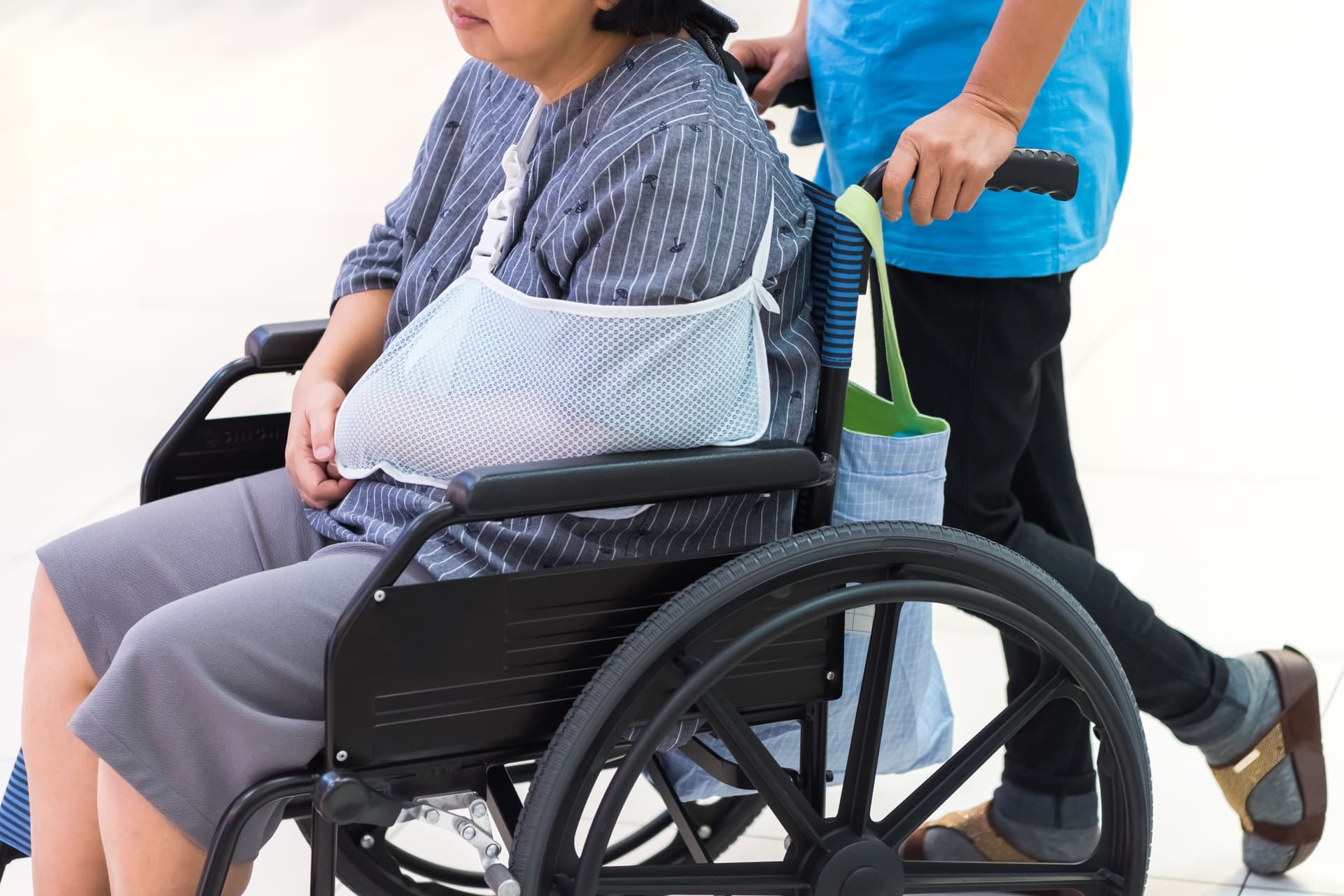
Nursing home abuse and neglect put vulnerable residents at serious risk, leading to malnutrition, dehydration, infections, and preventable injuries. When facilities fail to provide adequate care, residents suffer, and families are left feeling helpless. Lack of supervision, improper medical treatment, and unsafe conditions can result in devastating harm. Understanding the warning signs, knowing your legal rights, and holding negligent facilities accountable are crucial steps in protecting your loved ones. Learn how to take action and seek justice.
October 20, 2025
3 min
For elderly individuals, a fall is never “just an accident.” It can mean a broken hip, a head injury, or the beginning of a devastating decline in health. Families who entrust loved ones to a nursing home expect safety, supervision, and professional care. Unfortunately, many facilities fail to meet that standard.
When a nursing home fails to prevent preventable falls, the consequences can be catastrophic—and legally, the facility may be held responsible. Understanding how and why falls occur, and what laws govern these situations, can help families protect their loved ones and seek justice when negligence occurs.
A single fall can permanently alter a senior’s quality of life. Elderly individuals are more vulnerable due to age-related issues like decreased bone density, slower reflexes, and balance problems.
According to the Centers for Disease Control and Prevention (CDC), falls are the leading cause of injury-related deaths among adults aged 65 and older. In nursing homes, where residents often rely on staff for mobility assistance, even one fall can lead to:

The human cost is immense—not only physical pain but also emotional distress, anxiety, and loss of confidence.
Not all falls can be prevented, but most nursing home falls are the direct result of neglect. Common causes include:
When facilities do not have enough staff to supervise or assist residents, vulnerable individuals may try to walk or move on their own—often with disastrous results.
Residents with dementia, confusion, or mobility issues require close monitoring. Failure to use call lights, bed alarms, or regular rounds can lead to unsupervised movements and falls.
Wet floors, poor lighting, cluttered hallways, and broken equipment are among the most common environmental hazards in nursing homes.
Staff must assist residents when walking, transferring to chairs, or getting in and out of bed. Ignoring these needs violates care standards.
Certain medications cause dizziness, drowsiness, or low blood pressure. When staff fail to monitor side effects or adjust care accordingly, residents are at greater risk.
After a fall, federal regulations require facilities to reassess a resident’s care plan. When this step is skipped, the same mistakes are often repeated.
Each of these failures represents not just poor care—but legal negligence.
Under both federal law (the Nursing Home Reform Act) and state regulations, nursing homes are required to:
When a nursing home ignores these responsibilities, it breaches its duty of care. If that breach directly leads to injury, the facility can be held civilly liable for negligence.
Falls often reveal deeper problems within a facility. Families should be alert for these red flags following a reported incident:
If multiple residents in the same facility suffer falls, it may point to systemic neglect—such as chronic understaffing or lack of supervision.
To hold a nursing home legally responsible, an attorney must demonstrate:
Evidence in fall-related cases may include:
These details often reveal whether the fall was truly an accident or the predictable result of neglect.
Many fall cases center around inadequate staffing levels. When a facility operates with too few caregivers, residents may be left unattended for long stretches.
A 2022 study by the U.S. Department of Health and Human Services found that over half of nursing homes operate below recommended staffing levels. This shortage directly contributes to higher rates of injuries, infections, and falls.
Legally, understaffing does not excuse negligence—it proves it. Nursing homes are expected to employ enough trained caregivers to meet residents’ needs at all times.
Families who bring a negligence claim after a nursing home fall may be entitled to compensation for:
In some cases, courts may also award punitive damages—intended to punish the facility for reckless disregard of resident safety.
When your loved one suffers a fall in a nursing home, immediate action is crucial:
Quick action not only protects your loved one but also prevents future harm to others in the facility.
Attorney Michael Hill has extensive experience representing families whose loved ones were injured due to nursing home falls. His work focuses on uncovering what went wrong, identifying patterns of neglect, and holding facilities accountable under the law.
Michael Hill’s approach includes:
Michael understands that families come to him in moments of fear and frustration. His compassion, combined with his legal expertise, ensures that every case receives the attention and care it deserves.
Falls in nursing homes are often preventable tragedies, not unavoidable accidents. Behind every injury is a story of neglect—an ignored call light, a missing staff member, or a hazard left unaddressed.
Families have every right to demand answers when a loved one suffers a fall in a care facility. Accountability not only brings justice but also drives change, forcing nursing homes to improve safety and care standards.
If your loved one has been injured in a nursing home fall, you do not have to face the aftermath alone. Attorney Michael Hill stands ready to help families uncover the truth, hold negligent facilities accountable, and secure justice for those who can no longer fight for themselves.